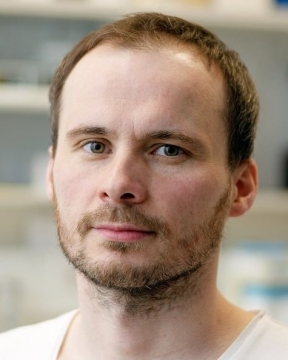 |
Dr. Jozef KraxnerAlexander Dubček University of TrenčínAdditive Manufacturing Of 3d Glass Structures Using The Upcycling Process Of Waste Glass Oktik International Symposium (2nd Intl. Symp. on Sustainable Glass and Polymers Processing and Applications) Back to Plenary Lectures » |
Abstract:The technology of AM has been developing for more than 30 years, and its utilization in our era covers even house construction at the final, high-quality level. In summary, in recent years, 3D printing devices have become cheaper, more reliable, and easier to use, leading to their rapid application development in various application fields. Nowadays, additive manufacturing (AM) technology is verified in many production processes as a rapid prototyping tool, except for the production of glass 3D structures, in which processing remains a challenge. The project aims to develop a new sustainable method for repurposing pharmaceutical glass into borosilicate glass and creating innovative transparent and porous 3D glass structures. In the first stage, the glass precursor obtained from pharmaceutical glass waste through a milling process, with particle sizes below 80 μm, was used in an oxygen-methane (O2/CH4) torch (flame synthesis process) to produce solid glass microspheres (SGMs). The spherical shape of the microspheres allowed the creation of a high solid content suspension, with the SGMs making up to 70 wt% of the suspension in a photocurable resin. The second step was the fabrication of various 3D structures by a stereolithography (SLA) 3D printer (Original Prusa SL-1, Prusa Research a.s., Prague, Czech Republic) operating in the visible light range (405 nm). After burning out the organic binder and sintering treatment at a temperature range of 750-1200°C with different heating and holding regimes, various scaffolds (porous and/or transparent) were achieved. |
|